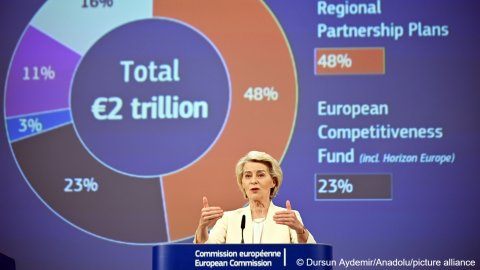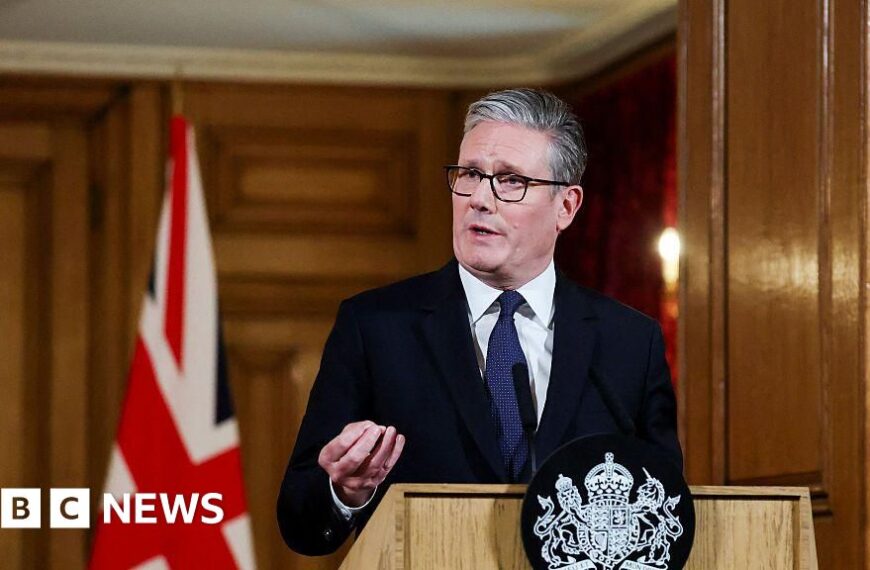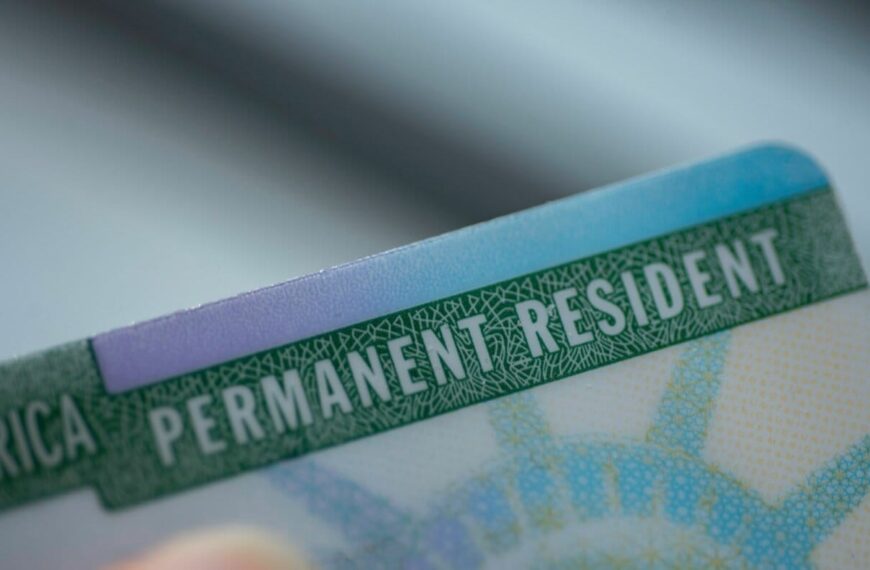Understanding the EU Migration Budget Plans for 2028-2034
The European Union (EU) has recently unveiled its comprehensive migration budget plans for the period of 2028-2034. This initiative aims to address various immigration challenges while enhancing security and integration for migrants. With a focus on creating a balanced migration policy, the EU seeks to respond effectively to the needs of member states and the migrants themselves.
Key Features of the Migration Budget
The new budget outlines several critical areas of focus:
Impact on Member States
The EU migration budget is expected to significantly impact member states, especially those facing high levels of immigration. It aims to provide additional resources and support to help these countries manage their immigration systems effectively.
For instance, countries like Italy and Greece, which have historically dealt with high numbers of asylum seekers, will receive targeted assistance. This support may come in the form of financial aid, training for personnel, or infrastructure development to better accommodate and process migrants.
Addressing Current Challenges
One of the driving forces behind the EU’s migration budget plans is the need to tackle ongoing challenges in the immigration landscape. Issues such as human trafficking, illegal crossings, and the humanitarian needs of migrants require urgent attention.
The budget aims to address these challenges through:
Focus on Sustainability and Green Policies
The EU migration budget is also aligned with broader goals of sustainability. As part of the “Make America Green Again” approach, the EU intends to incorporate green policies into its migration strategies. This includes:
By intertwining migration policies with sustainable development goals, the EU aims to create a holistic approach that benefits both migrants and host countries.
The Role of EU Institutions
EU institutions will play a crucial role in implementing these budget plans. The European Commission is expected to oversee the allocation of funds, ensuring that they are directed towards the most pressing immigration challenges.
Additionally, collaboration with national governments will be essential to tailor responses to specific regional needs. This will help to create a cohesive strategy that addresses the diverse immigration landscapes across the EU.
Conclusion
The EU migration budget plans for 2028-2034 represent a significant step towards creating a comprehensive and sustainable immigration policy. By addressing current challenges, enhancing security, and promoting integration, the EU aims to establish a migration framework that is both effective and humane.
As these plans unfold, it will be crucial to monitor their implementation and impact on both migrants and member states. The success of this initiative hinges on the cooperation of all stakeholders involved in the immigration process, including government agencies, NGOs, and the migrants themselves.
In the coming years, we can expect to see how these budget allocations shape the future of migration in Europe and how they will contribute to a more secure and inclusive environment for all.










